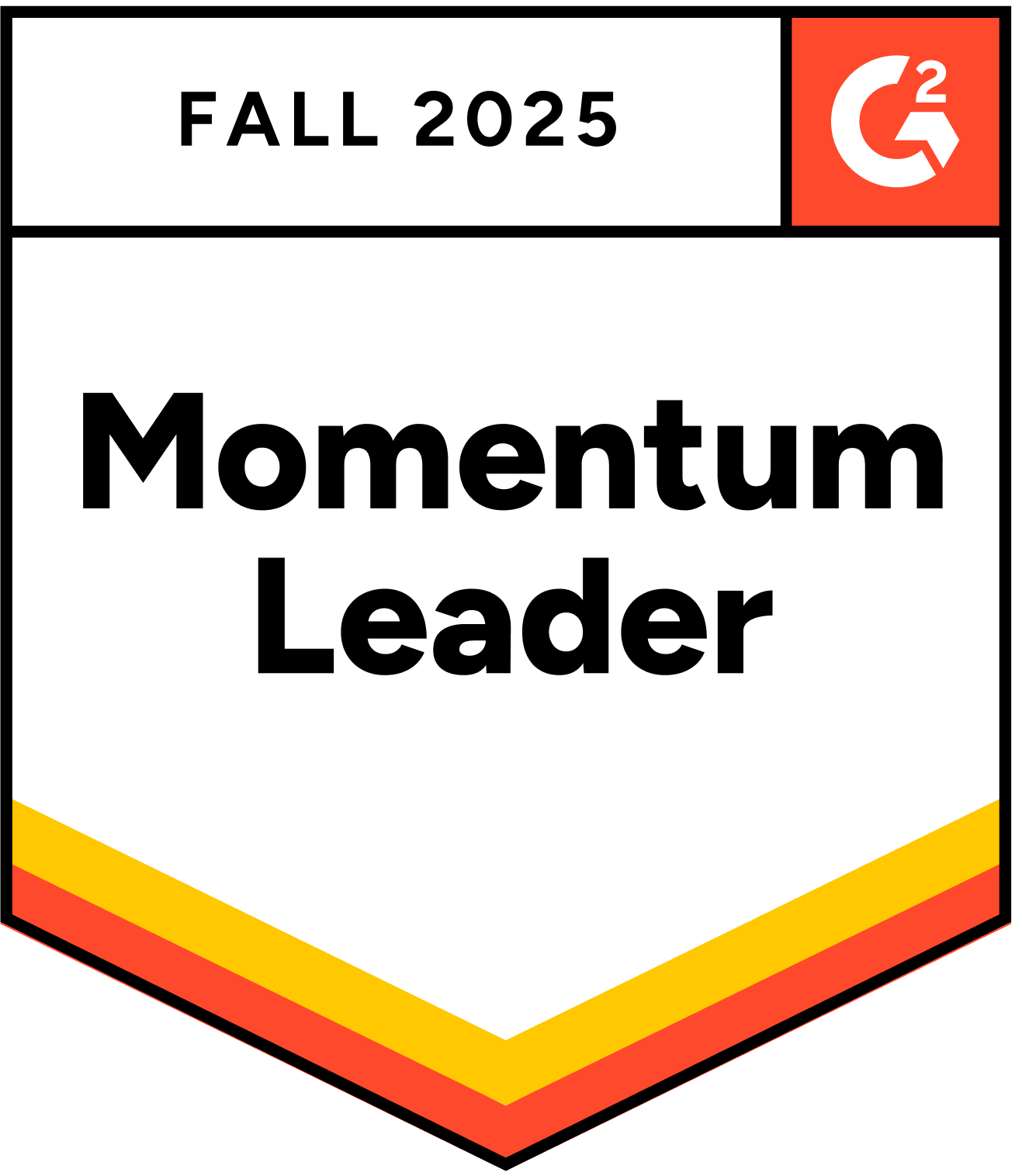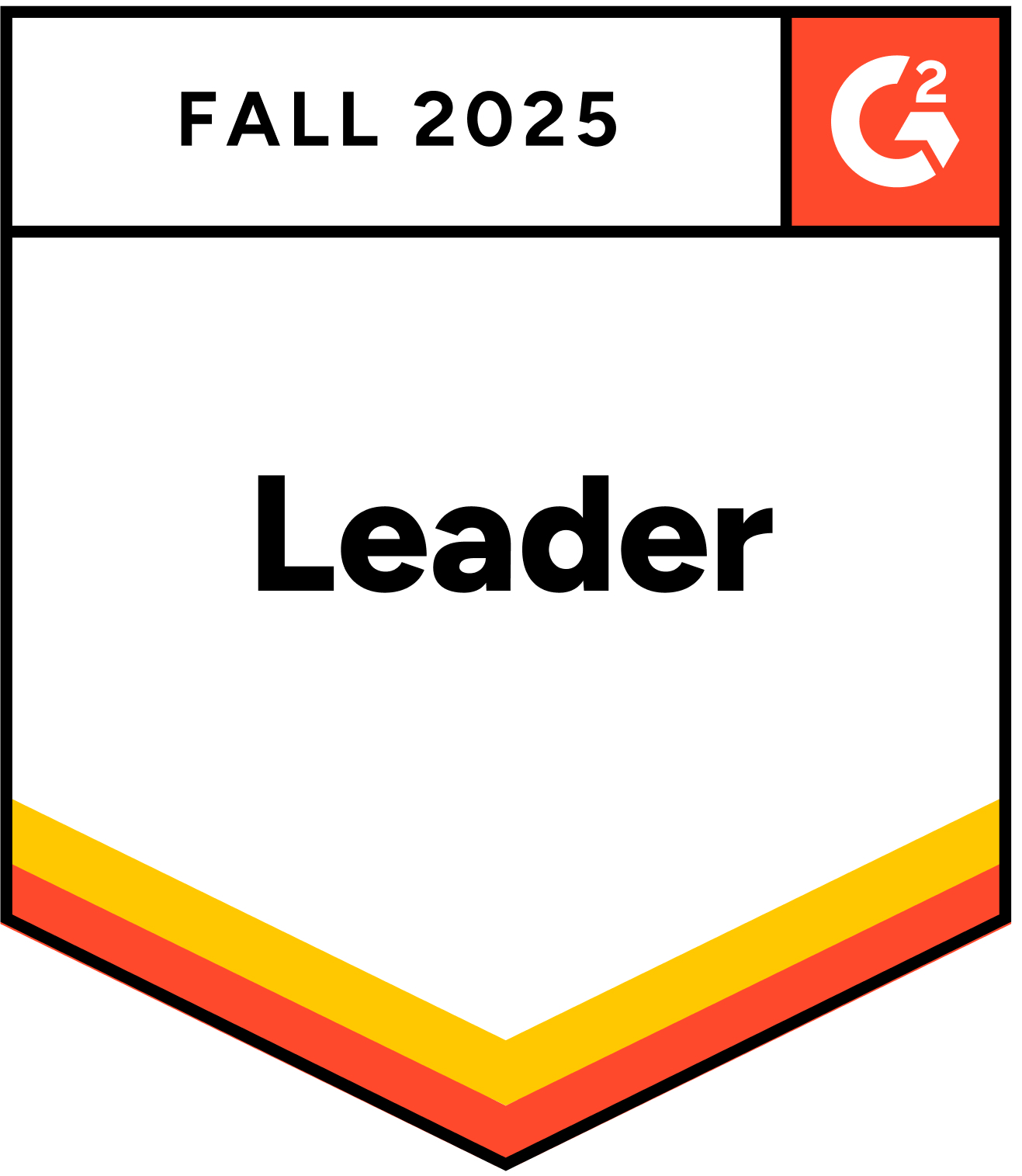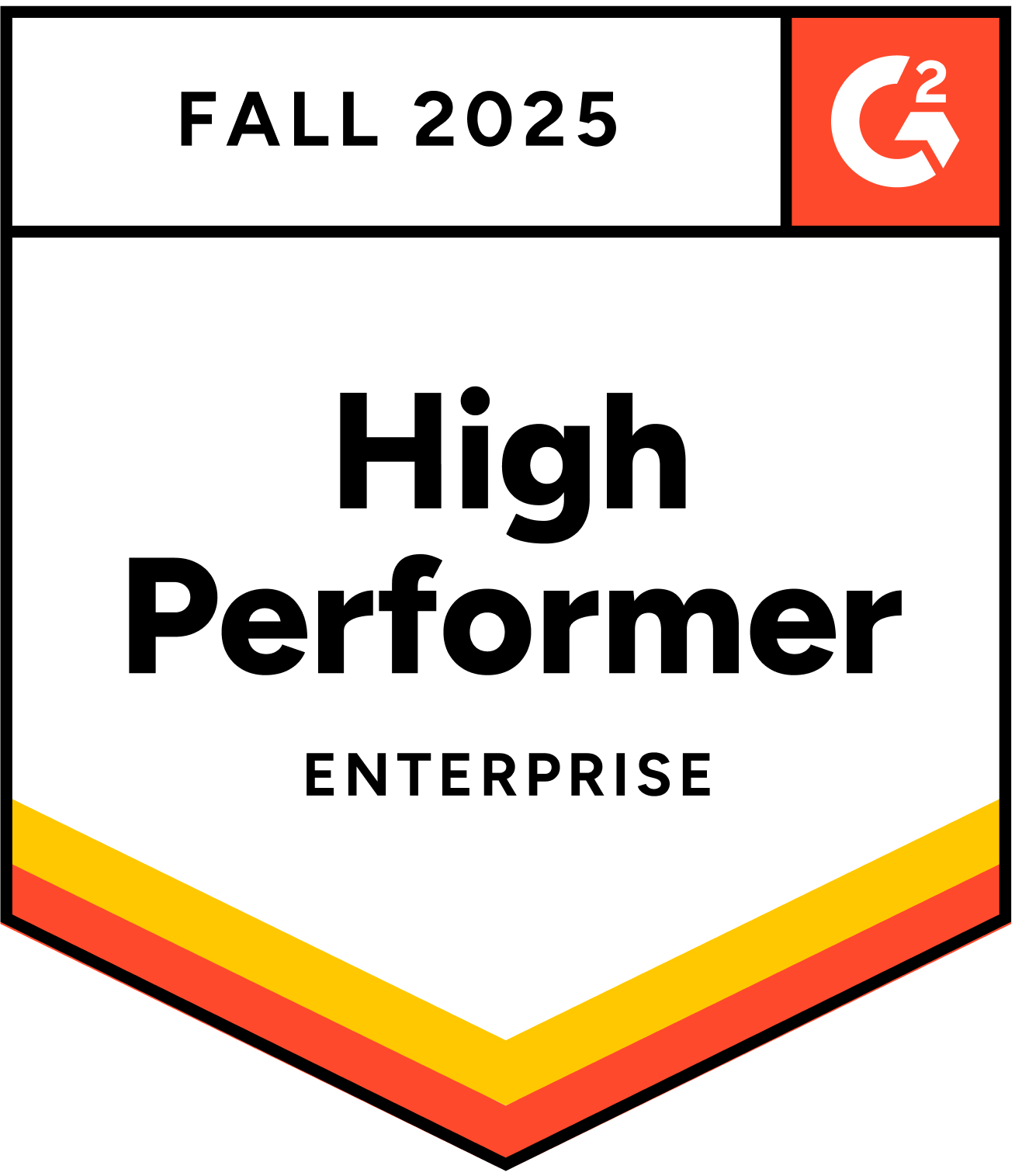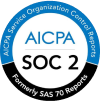Summary
Social media recruiting uses platforms like LinkedIn, Facebook, Instagram, and X to connect with and attract potential candidates. Beyond sharing job posts, it focuses on building relationships, showcasing company culture, and engaging both active and passive talent. Done well, it strengthens employer branding, widens reach, and helps organizations tap into diverse talent pools more effectively.
Introduction
Social media is much more than sharing memes. In fact, it’s where top talent often discover their next big opportunity these days. With 92% of recruiters using platforms like LinkedIn, Instagram, and TikTok to hire, social media recruiting is the real deal. It’s not about posting job ads and crossing fingers; it’s about creating buzz, building connections, and finding the perfect fit faster. Whether you’re scouting passive talent or showing off your company culture, we’ll cover everything you need to know to ace social media recruiting.
What Is Social Media Recruiting?

Social media recruiting is the use of online platforms to connect with potential candidates, share job opportunities, and engage talent. It’s not just about posting vacancies – it’s about creating meaningful interactions, highlighting your company culture, and reaching a diverse range of candidates, including those who may not be actively searching for jobs.
This approach allows recruiters to use advanced targeting features, focusing on specific audiences based on factors like location, skills, and industry. When done right, that translates to a more precise and efficient hiring process compared to traditional methods.
Social media recruiting also opens the door to two-way communication, enabling candidates to engage with your brand in real time. This interactive dynamic helps build trust, enhance visibility, and create stronger connections, making social media an integral part of recruitment strategies today.
Why Social Media Recruiting Is Indispensable in 2025
Recruitment is a fast-paced, candidate-driven market, and traditional hiring methods simply can’t keep up. Social media recruiting has become essential – not just because it’s convenient, but because it aligns perfectly with today’s needs.
1. The shift in candidate behavior
Candidates are no longer confined to job boards. They explore opportunities organically while scrolling through LinkedIn, Instagram, or even TikTok. With 98% of recruiters already leveraging these platforms, it’s clear that the talent market has shifted to meet people where they spend their time online. Without a social media recruiting strategy, employers risk missing out on both active and passive candidates.
2. The growing role of employer branding
In an age where company culture can make or break hiring decisions, social media is the go-to platform for candidates to evaluate employers. They expect transparency, authenticity, and a clear sense of what it’s like to work with you – all of which are easily showcased through social recruiting.
3. Keeping up with the competition
In today’s talent market, recruiters aren’t just competing with companies in the same industry – they’re competing with every organization in a candidate’s feed. Orgs that harness these social media platforms effectively can showcase culture, promote opportunities, and build relationships long before a candidate clicks “apply.” On the flip side, organizations that lack a strong social media presence are already falling behind – missing out on visibility, relevance, and a chance to connect with the next great hire.
4. The digital-first workforce
From Gen Z to millennials, today’s job seekers live online – they discover brands, research employers, and make career decisions digitally. For these digital natives, social media isn’t just entertainment; it’s where they learn, connect, and explore opportunities.
Recruiters who aren’t showing up in these spaces are missing a critical touchpoint. Without a social media strategy, you lose the chance to build awareness, spark interest, and engage the next generation of professionals!
In short, social media recruiting is non-negotiable.
What Are the Benefits of Using Social Media for Recruiting?
Recruiters know the challenge of finding the right talent and social media recruiting offers a game-changing solution by tackling common pain points with ease and efficiency. Here’s how it’ll make your job easier.
1. Access to passive talent
Every recruiter knows the best candidates often aren’t actively job-hunting. Social media is where passive talent shines – you know, those professionals who aren’t scanning job boards but are open to opportunities if the right one comes along. Platforms like LinkedIn, Facebook, and Instagram allow you to connect with these individuals, broadening your talent pool beyond active applicants.
2. Precision targeting with filters and hashtags
Generic job ads often lead to unqualified applicants, wasting your team’s precious time. Social media solves this with advanced targeting features. Filters for location, skills, industry, and experience ensure your job post reaches the right audience. Plus, hashtags help your listings appear in relevant searches, amplifying visibility among potential candidates.
3. Enhanced employer branding and advocacy
Recruiting starts with finding candidates and goes on to convincing them to join your team. Social media is a platform to showcase your company culture, employee success stories, and DE&I initiatives. When employees share your posts, it adds authenticity and extends your reach, transforming them into brand advocates.
4. Faster time-to-hire and lower costs
Time is a recruiter’s most valuable resource. Social media recruiting speeds up the process by connecting you directly with candidates and reducing reliance on intermediaries. Sponsored posts and targeted campaigns are cost-effective compared to traditional advertising, offering higher ROI while filling roles faster.
5. Creative and visual job marketing
In the sea of job postings, standing out is critical. Social media enables you to use visuals like videos, infographics, and employee stories to make your listings engaging and memorable. A day-in-the-life reel on Instagram or a culture-focused TikTok can captivate candidates in ways plain text never will.
6. Real-time engagement with candidates
Gone are the days of long wait times for responses. Social media allows instant communication through comments and direct messages, or even live Q&A sessions. This immediacy builds rapport with candidates and enhances their experience, setting your brand apart.
7. Broader reach across generations
Whether you’re targeting Gen Z on TikTok or seasoned professionals on LinkedIn, social media platforms cater to diverse demographics, ensuring your strategy resonates across age groups.
By embracing social media recruiting, you’re not just keeping up – you’re staying ahead. It’s a recruiter’s ultimate tool for solving everyday challenges and connecting with the talent that drives success.
Top Social Media Platforms for Recruiting
Each platform offers unique strengths for recruitment. Here’s a detailed look at the most effective platforms and tips to make the most of them.
1. LinkedIn
LinkedIn is the largest professional networking site, with over 1.15 billion monthly active users worldwide in 2025. It’s ideal for sourcing qualified professionals, building employer branding, and engaging with both active and passive candidates.
Tips for LinkedIn:
- Use LinkedIn’s advanced search filters to target candidates by skills, location, and experience.
- Post job listings with clear descriptions and branded visuals to attract attention.
- Share thought leadership content and employee success stories to enhance your company’s credibility.
- Engage in LinkedIn groups and participate in discussions relevant to your industry.
- Leverage LinkedIn Recruiter for automated candidate recommendations and tracking.
2. Instagram
With its visually driven format, Instagram is perfect for showcasing company culture, diversity, and day-to-day life at work. It’s especially effective for engaging younger audiences, like Gen Z and millennials.
Tips for Instagram:
- Share “behind-the-scenes” reels, team highlights, or office tours to humanize your brand.
- Use hashtags like #LifeAt[CompanyName] or #WeAreHiring to increase visibility.
- Post Stories with interactive features like polls or Q&As to engage your audience directly.
- Highlight your open roles in the bio section or through Story Highlights.
- Partner with employees to post authentic content about their experiences.
3. Facebook
Despite its perceived decline, Facebook remains effective for local recruitment and engaging with niche talent pools. Its extensive group features and job posting tools are valuable for recruiters targeting specific regions or communities.
Tips for Facebook:
- Join and actively participate in Facebook Groups relevant to your industry or location.
- Use Facebook’s Job Postings feature to list roles directly on the platform.
- Create engaging content like employee stories and events to maintain a presence in candidate feeds.
- Run targeted ads to reach candidates based on demographics and interests.
- Respond promptly to inquiries on posts or through Messenger for better engagement.
4. TikTok
TikTok’s video-first platform is gaining traction for creative recruitment. It’s ideal for roles that require innovation or to connect with younger, tech-savvy audiences. Short, snappy videos showcasing your brand make TikTok stand out.
Tips for TikTok:
- Create fun and engaging content, like “day-in-the-life” videos or team challenges.
- Use trending audio and hashtags to boost the discoverability of your content.
- Highlight your company culture through short, authentic clips that resonate with Gen Z.
- Partner with influencers or employees to share their experiences at your company.
- Experiment with TikTok ads to target a specific demographic or region.
5. X (Formerly Twitter)
X is effective for quick updates, engaging in real-time conversations, and sharing industry news. It’s particularly useful for building thought leadership and expanding your employer brand.
Tips for X:
- Share concise job announcements with relevant hashtags for better reach.
- Use Twitter Chats to engage with talent communities or industry professionals.
- Post thought leadership content to position your company as an industry leader.
- Retweet employee posts and celebrate milestones to enhance your employer brand.
- Monitor trends and participate in relevant discussions to connect with potential candidates.
6. Less conventional platforms (e.g., YouTube, Snapchat)
While not primary recruiting channels, platforms like YouTube and Snapchat can play a supporting role—especially when it comes to employer branding and reaching younger audiences in a creative, visual way. YouTube is ideal for long-form storytelling, while Snapchat may help generate casual, short-lived buzz for high-volume or youth-oriented roles.
Tips for these platforms:
- Use YouTube to publish recruitment videos, employee testimonials, or culture showcases – optimize titles, descriptions, and thumbnails for searchability.
- If experimenting with Snapchat, consider behind-the-scenes clips, team moments, or event previews – keep it light, fast, and authentic.
- Don’t rely on these platforms for sourcing, but use them to complement broader branding efforts and drive traffic to your main hiring channels.
By understanding each platform’s unique strengths and tailoring your strategy, you can maximize your social media recruiting efforts and attract the best talent for your roles.
How to Develop a Social Media Recruitment Plan
Creating an effective (key word!) social media recruitment plan calls for a thoughtful approach that aligns with your hiring goals and taps into the unique strengths of each platform. Here’s a step-by-step guide to building a strategy that works.
Step 1: Define your goals and objectives
Start with a clear understanding of what you want to achieve. Are you aiming to fill roles quickly, attract more diverse candidates, or enhance your employer brand? Define your goals in measurable terms. For example, reducing time-to-hire by 20% or increasing engagement on job posts by 30%. These objectives will serve as the foundation for your strategy and guide your efforts in the right direction.
Step 2: Identify your target audience
Knowing who you’re trying to reach is critical. Define your ideal candidate personas, focusing on their demographics, career stage, skills, and preferred social platforms. For instance, younger, creative professionals may favor Instagram or TikTok, while experienced executives are more likely to engage on LinkedIn. Understanding your audience ensures that your messaging and platform choices resonate.
Step 3: Choose the right platforms
Not all social platforms are created equal when it comes to recruiting. LinkedIn is ideal for sourcing professional talent, while Facebook works well for engaging local candidates and community groups. Instagram and TikTok are great for showcasing your company’s culture and attracting younger audiences. By focusing on platforms that align with your target roles, you maximize your reach and engagement potential.
Step 4: Invest in a content strategy
A well-thought-out content plan is essential for engaging potential candidates. Balance your content mix between job postings, employer branding, and interactive content. Share job listings with clear descriptions, responsibilities, and calls to action. Highlight your workplace culture with employee testimonials, team events, and DE&I initiatives. Incorporate interactive elements like live Q&A sessions or polls to foster engagement. Using a content calendar ensures consistency and helps you stay ahead of hiring cycles.
Step 5: Use advanced targeting and tools
Social media platforms offer sophisticated targeting features that can help refine your reach. Use filters for location, skills, and job titles to focus on specific candidate pools. Incorporate relevant hashtags to enhance discoverability and consider investing in paid promotions to reach passive talent. Advanced targeting ensures that your efforts are focused on candidates who are most likely to align with your requirements.
Step 6: Promote two-way engagement
Social media is not just a broadcasting tool; it’s a platform for interaction. Respond promptly (!!) to comments and messages to build trust and rapport with potential candidates. Encourage employees to share job openings and tag your company in posts, amplifying your reach. Join relevant groups or communities where your target audience is active to engage in meaningful discussions and showcase your company’s expertise.
Step 7: Integrate tools and analytics
Streamline your efforts using tools like Hootsuite or Buffer for scheduling and tracking posts. Integrate Google Analytics to measure traffic and conversions from social platforms. An applicant tracking system (ATS) can help manage applications directly from social campaigns. Tracking metrics such as engagement rates, click-throughs, and applications provides valuable insights into what’s working and where improvements are needed.
Step 8: Optimize and iterate
A successful social media recruitment plan is never static. Regularly review your performance data to identify what’s effective and where adjustments are necessary. Experiment with new content formats, such as short-form videos or live sessions, and test different messaging or visuals to find what resonates best with your audience. Iterative improvements ensure your strategy evolves with changing trends and audience behaviors.
Step 9: Align with broader recruitment goals
Finally, ensure your social media strategy complements your overall recruitment goals. Collaborate with HR and marketing teams to align on messaging, tone, and timelines. A unified approach across all channels reinforces your brand’s credibility and ensures consistency in your outreach efforts.
By following these steps, you’ll create a social media recruitment plan that attracts top talent, strengthens your brand, and delivers tangible results.
Best Practices for Social Media Recruiting
Social media recruiting is a powerful tool, but success depends on using it strategically. To stand out, connect with the right talent, and make your efforts worthwhile, follow these tried-and-tested best practices:
1. Craft a strong employer brand
Your social media presence should tell a compelling story about your company. Think of your social pages as the first impression candidates get – keep them authentic, engaging, and aligned with your values. A strong employer brand doesn’t just attract talent; it makes them excited to work with you.
2. Be platform-specific
Not all platforms are the same, and neither are their audiences. Tailor your content for each one.
3. Engage beyond job posts
If all you do is post jobs, your audience will lose interest. Share a mix of content – polls, quizzes, live Q&A sessions, videos. This variety keeps your audience engaged and builds trust over time. Use these interactions to showcase your company’s personality, which can be a deciding factor for candidates.
4. Timing is everything
Posting at the right time ensures maximum visibility. Study platform-specific analytics to discover when your target audience is most active. For example, LinkedIn engagement peaks during weekdays, while Instagram thrives in the evenings and weekends. Scheduling tools can help you time your posts perfectly.
5. Encourage employee advocacy
Your employees are your best ambassadors. Encourage them to share job openings, talk about their experiences, or participate in social media campaigns. Candidates trust employee recommendations more than corporate messaging, so turning your team into advocates can amplify your reach significantly.
6. Analyze and adapt
Keep an eye on the performance of your social recruiting campaigns. Track metrics like clicks, engagement rates, and applications. Use insights to refine your approach. Experiment with content formats, posting times, or platform strategies. Data-driven decision-making ensures continuous improvement.
7. Maintain consistency
Consistency in tone, visuals, and posting frequency is crucial for credibility. Use a content calendar to plan ahead and ensure your messaging aligns with your brand identity. Candidates value reliability, and a well-maintained social presence reflects a stable and professional employer.
Conclusion
Social media recruiting is about meeting candidates where they are, building authentic relationships, and showcasing your company’s story in a way that resonates. Whether you’re sharing a behind-the-scenes look at your culture or using precise targeting to reach niche talent pools, social media offers endless possibilities to elevate your hiring game.
But it’s more than tools and tactics – it’s about strategy, creativity, and adaptability. As you implement these insights, remember: successful recruiting isn’t just about filling roles; it’s about creating experiences that leave a lasting impression. Your next great hire might already be scrolling – make sure you’re there to connect.
Frequently Asked Questions (FAQs)
What is social media recruiting?
Social media recruiting uses platforms like LinkedIn, Instagram, Facebook, and TikTok to attract, engage, and nurture talent. It gives recruiters direct access to active and passive candidates through targeted content, community-building, and data-driven outreach.
Why is social media recruiting indispensable in 2025?
In 2025, talent discovery happens where people already spend time – on social platforms. With richer targeting, creator-led content, and AI-driven insights, social media offers unmatched reach, authenticity, and speed in connecting with diverse, high-intent candidates.
What are the benefits of using social media for recruiting?
Social media expands reach, strengthens employer brand, improves engagement, and accelerates time-to-fill. It helps recruiters identify passive talent, personalize messaging, and build long-term relationships – all while leveraging real-time insights to optimize hiring outcomes.
How does social media help recruiting?
Social media helps recruiting by amplifying job visibility, enabling precise audience targeting, and showcasing authentic culture. It also supports conversations, referrals, and content-driven storytelling that attract more relevant and engaged candidates.
What are the top social media platforms for recruiting?
Leading platforms include LinkedIn for professional roles, Instagram and TikTok for creative outreach, Facebook for community hiring, and X for industry-specific engagement. Each offers unique audiences and content formats suited to different talent segments.
Which social media site is most commonly used for recruitment?
LinkedIn remains the most widely used platform for recruitment due to its professional profiles, robust targeting, and built-in recruiting tools. It’s especially effective for sourcing qualified, high-intent candidates across industries and experience levels.
How can companies develop an effective social media recruitment plan?
Companies can start by defining target talent segments, selecting the right platforms, and building a consistent content strategy. Combine storytelling with data-driven targeting, engagement cues, and clear calls to action and then measure performance and iterate.
How can I effectively use social media for recruiting top talent?
Share authentic content, highlight real employee stories, engage with comments, and use targeted ads. Offer value like career advice, insights, or behind-the-scenes culture to attract top talent that aligns with your brand.
What types of content work best for social media recruiting?
High-performing content includes employee stories, day-in-the-life clips, culture moments, learning opportunities, role highlights, and team achievements. Short videos, interactive posts, and creator-style storytelling attract and nurture talent effectively.
What are the best practices for social media recruiting?
Be consistent, authentic, and audience-first. Keep messaging inclusive, use strong visuals, engage actively, and monitor analytics. Test formats, optimize targeting, and ensure every post contributes to your employer brand.
What are creative ways to engage candidates on social media?
Host live Q&As, spotlight employee journeys, run contests, collaborate with creators, and share behind-the-scenes culture. Encourage user-generated content, respond authentically, and maintain an active dialogue with your audience.
What are the risks of social media recruiting, and how can employers overcome them?
Risks include inconsistent messaging, biased targeting, reputation issues, and privacy concerns. You can overcome them with clear governance, inclusive practices, structured review processes, and transparent communication across channels.
What percent of recruiters have hired through social media?
Industry reports consistently show that a significant majority – often above 70% – have hired through social media. Adoption continues to grow as platforms evolve into active talent discovery channels.
How can I measure the success of social media recruiting?
Track reach, engagement, click-throughs, conversions, qualified applicants, and time-to-hire. Use platform analytics and applicant tracking system (ATS) data to understand which content and channels deliver the highest-quality talent.
Can social media recruiting strategies improve hiring success?
Yes. Consistent, targeted strategies improve employer visibility, attract better-fit candidates, and accelerate funnel movement. Strong content paired with data-driven optimization can significantly boost hiring outcomes.
What are common mistakes to avoid when recruiting through social media?
Avoid generic posts, inconsistent branding, overly promotional content, and ignoring comments. Neglecting analytics, diversity, and platform-specific best practices also limits reach and impact.
How to use social media as a recruiting tool?
Use it to tell your brand story, target specific audiences, share relevant content, and nurture conversations. Combine organic posts, employee advocacy, and paid campaigns to build a sustained talent pipeline.














